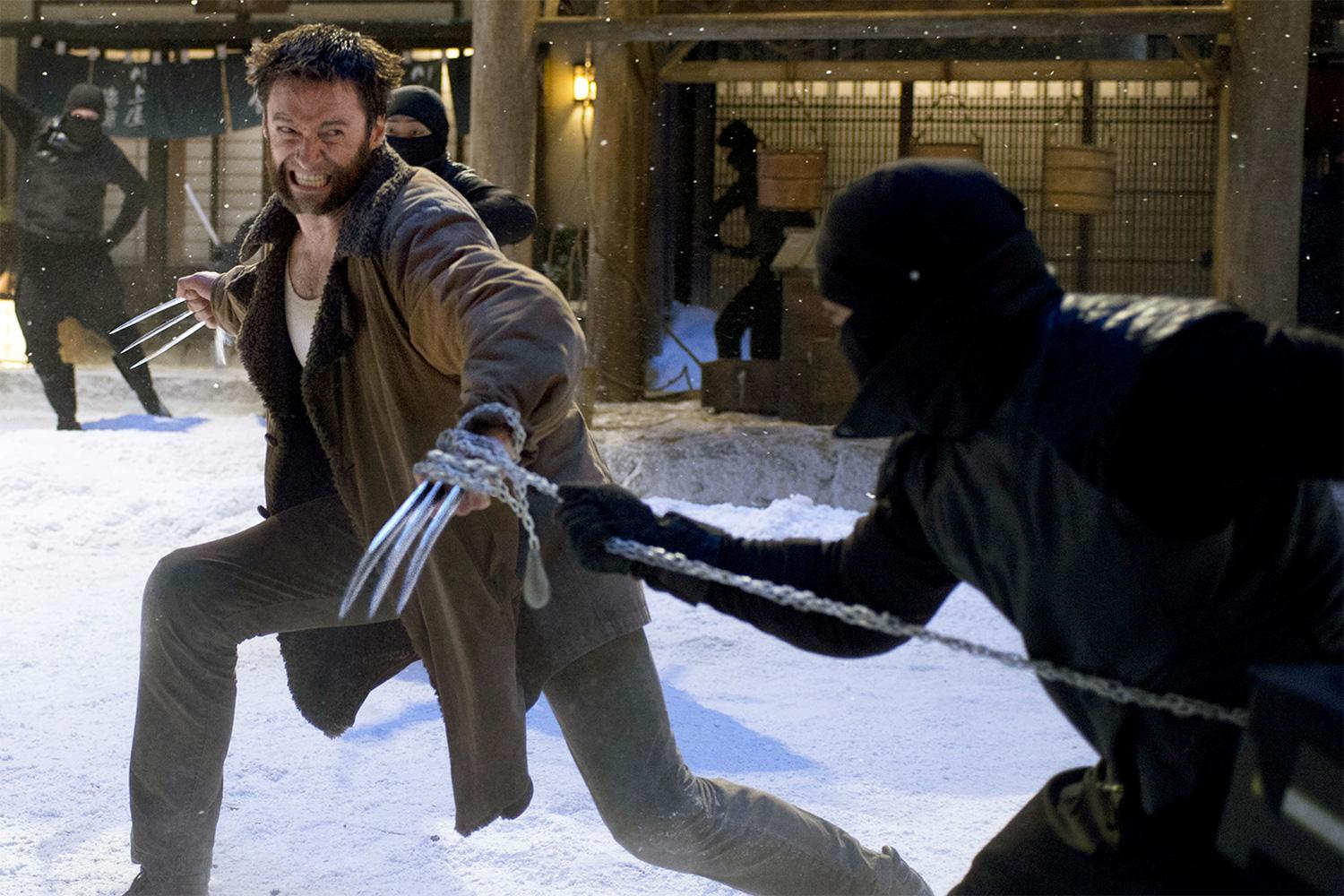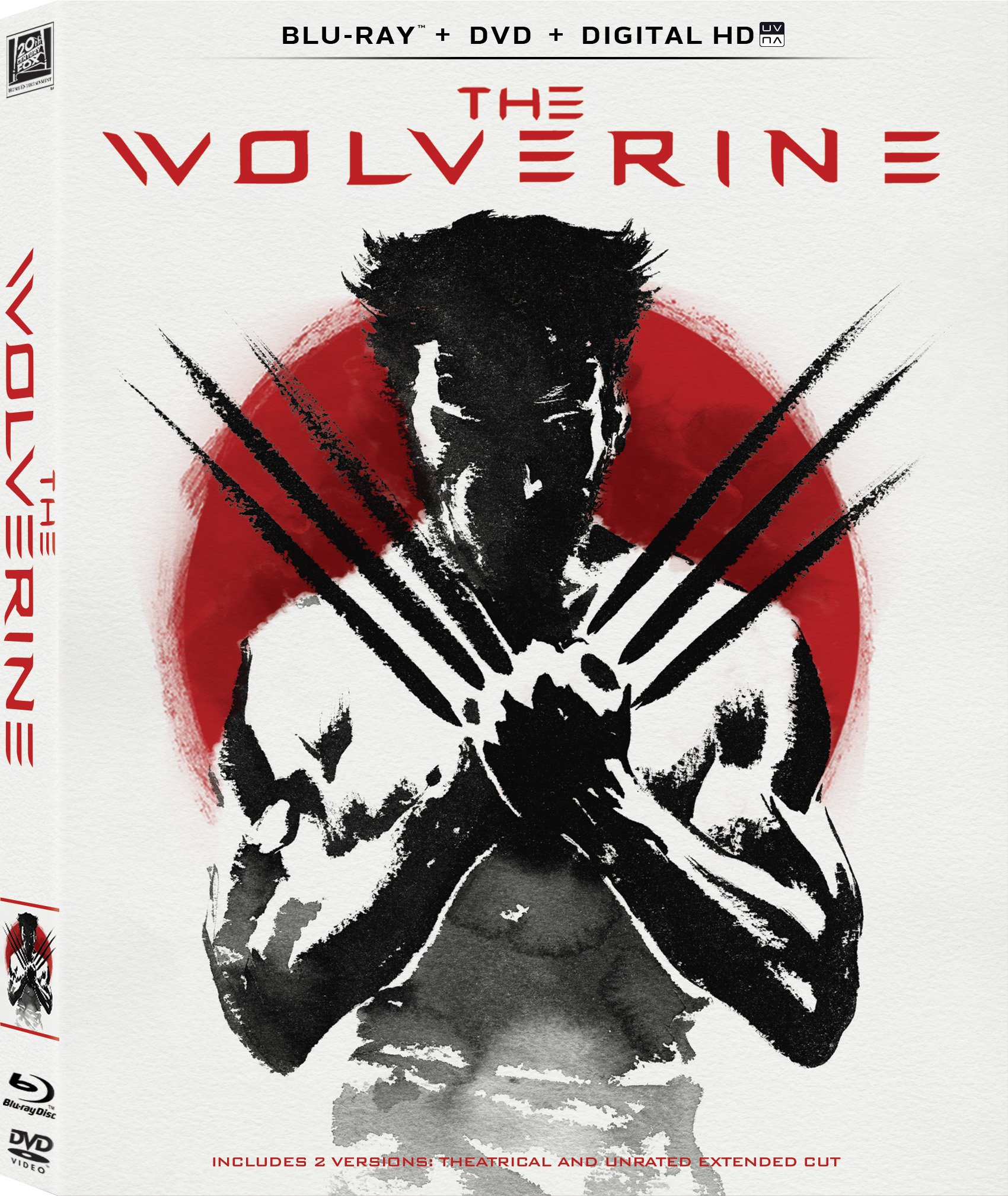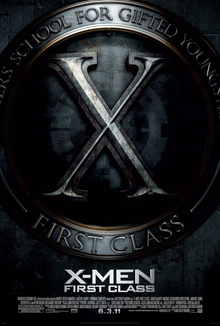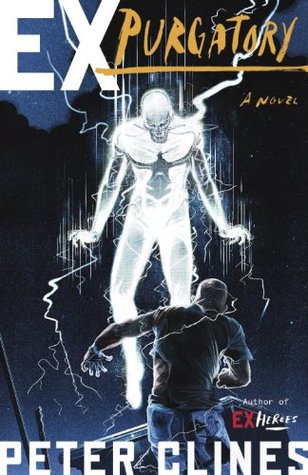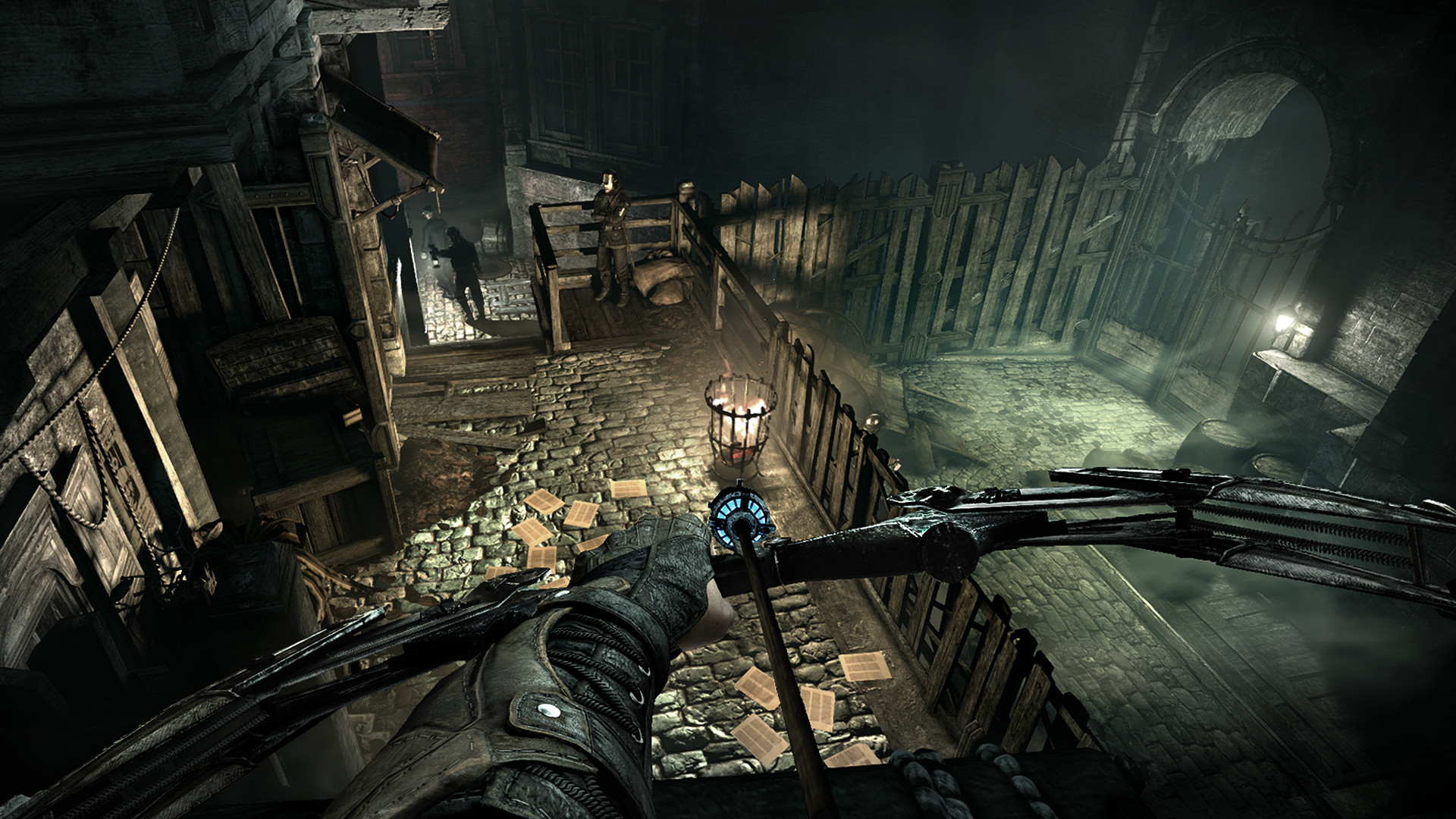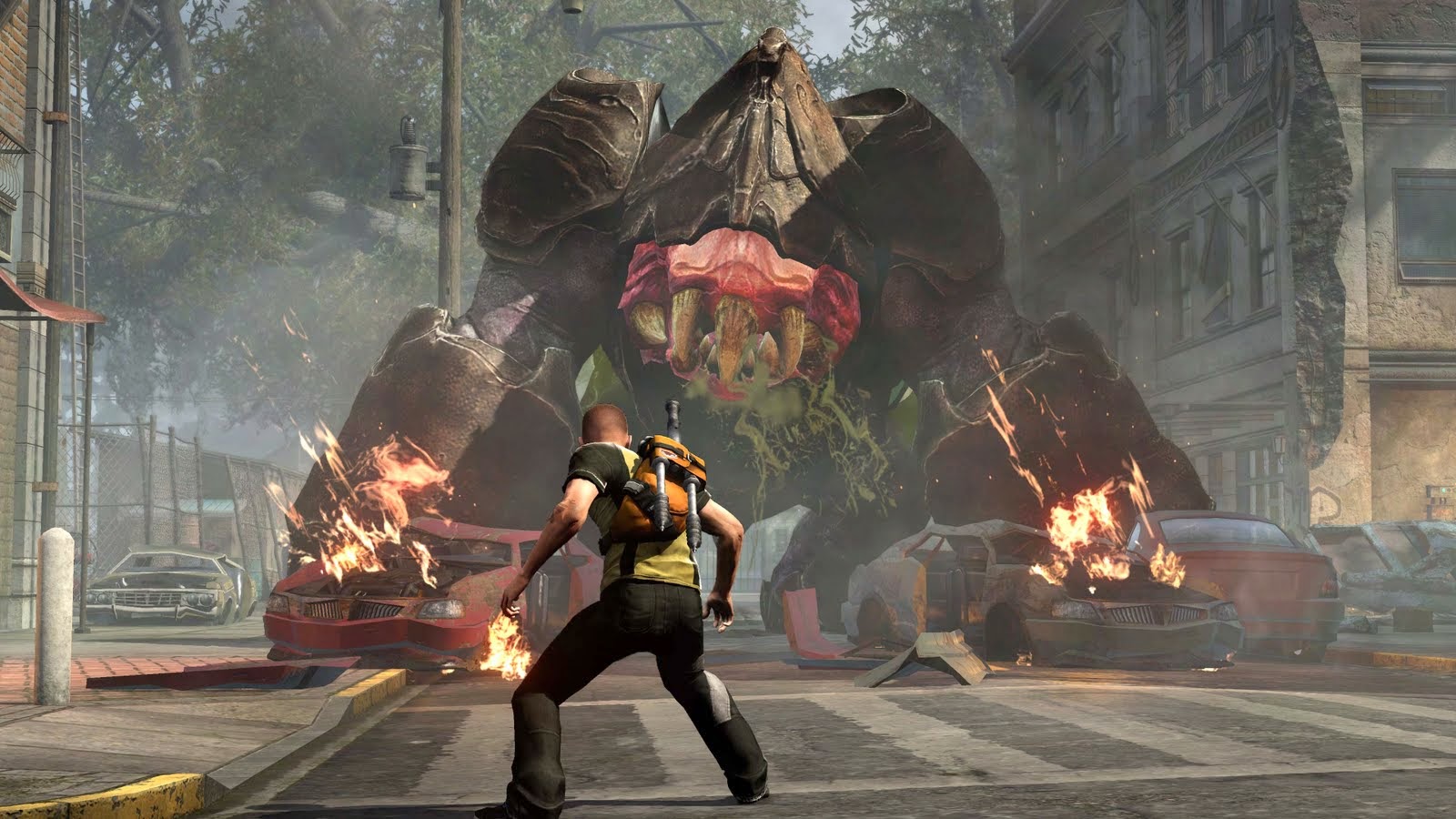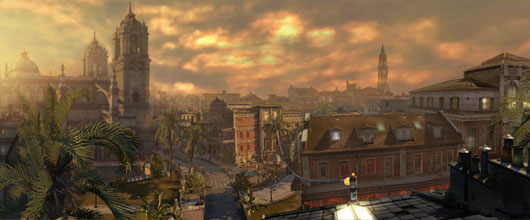Batman is one of the greatest fictional characters of all time and I am allowed to say this because, as a blogger, I can make unsubstantiated statements that I claim to be absolutes (he is, though). Thus, Batman can be many things: violent, anti-social, heroic, crusading, angst-ridden, driven, and even funny.
Never boring.
Arkham Origins, the third installment of the popular
Arkham Asylum series, is a work painfully driven by corporate desire to capitalize on the previous installment's success.
Arkham City was a top contender for Charles Phipps' Best Game of All Time. I say that as an unmitigated Batman fanboy and by no means an unbiased judge.
Arkham Origins builds on
Arkham City's engine, map, and even storytelling engine to create itself.
The results are, unfortunately, underwhelming.
![]() |
| Deathstroke's appearance was most welcome. |
Arkham Origins is by no means a bad game, but this is damning with faint praise. So okay, it's average (thank you, TV tropes) would be a good description of how I feel about it. After the tremendous success of
Arkham City, Montreal game developers were always going to have a tough act to follow. Still, I think they could have done better as the haste in which this game was pumped out and it's myriad flaws show everywhere.
The premise of
Arkham Origins is little known Batman villain, Black Mask, has placed a staggering 50 million dollar bounty on our heroes head. This is considered ludicrous by Gotham City's criminals given Batman has only been operating two years in Gotham City and is considered an urban legend by most. Eight of the world's greatest assassins choose to respond along with every crook and corrupt cop in Gotham (the latter of which compromises all of them but James Gordon).
The first problem with
Arkham Origins is this premise isn't bad but it's lacking punch. In
Arkham Asylum, Batman must rescue Commissioner Gordon. This is a personal motivation and works fine. In
Arkham City, there's the layers upon layers of mystery to figuring out Hugo Strange's plot. As Alfred rightly points out, Batman could just stay at home and avoid this mess entirely. Batman retorts the villains are likely to hold Gotham City citizens hostage in order to draw him out, which is great but one which takes awhile to get put into effect.
![]() |
| The use of lesser-known villains is a welcome treat. |
There's also a twist with this premise I won't spoil but proves to be wholly unnecessary. The character of Black Mask suffers because of this twist as does the narrative. I understand Black Mask's not as popular as other Batman villains but the game could have waited to dump him in favor of Bane and a certain other famous Arkham alumni (whose still alive in the period this story is set).
The next problem is Gotham City feels rather lifeless. I understand it's impractical to try and replicate a modern city of millions and the excuse of both a massive crime wave as well as an epic snowstorm make a reasonable excuse for why only criminals are on the streets. Still, I would have appreciated the level designers throwing in some acknowledgement Gotham City is inhabited. Have there been citizens traveling the streets who need to be rescued, lights on in buildings, and maybe the occasional scarred witness to the Batman's activities.
Travel time is a problem in Gotham City as well. The game world is open from the very beginning, which is usually a plus, but the leaping from rooftop to rooftop in order to cross across the massive islands gets tedious after awhile. The fast travel system cuts down this frustration but it, honestly, feels like cheating. I would have preferred the game to open up the islands of Gotham one by one to make things feels tighter.
![]() |
| Gotham City during wintertime is quite the treat. |
Then there's the fact the game is bugged. Not so bugged as to make it unplayable, at least on my Xbox 360 but enough to be noticeable. Criminals get stuck in walls, the frame rate drops when you're traveling too fast, and I actually had to go back into a room to finish a boss fight because I thought it was over. These moments were rare but obvious enough to make me think this game was rushed out the door without sufficient testing.
I have a few more irritations to the game but nothing really concrete. These things don't overwhelm the good in the game, which is mostly carried over from
Arkham City but they are certainly notable. So what are the good points of
Arkham Origins? The things which stand out as original compared to
Arkham City?
The first thing is Gotham City is
gorgeous. The environments recycled from
Arkham City are altered for their heyday and the dilapidated urban wasteland of the previous game is re-envisioned as a thriving urban metropolis. The new environments are equally entertaining, showing a Gotham City which is in its height of economic prosperity but still an Art Deco nightmare containing a corruption impossible to extirpate.
The Boss Battles of
Arkham Origins are a massive improvement over
Arkham City's own. Missing from the previous games is the appeal of a Gotham City super-crook showing up and Batman beating the crap out of him. In
Arkham City, you have to sneak up on Deadshot and take him out in one blow. In
Arkham Origins, you have to beat the crap out of Deadshot numerous times before he finally takes a hostage. THEN you have to take him out in one blow.
There's also the fact battling Deathstroke is like fighting a katana-wielding Captain America, nearly impossible for our hero to defeat and totally awesome. Bane, never used well by these games, is combined with his movie characterization to be the Joker's equal.
![]() |
| Black Mask is an intimidating guy. Too bad his role is usurped fairly early on. |
I also give the game props for excellent voice-acting. Despite the absence of Kevin Conroy and Mark Hamill, both Batman and the Joker are still recognizable. Bruce being younger and angrier makes the story's character progression more interesting. There's even a Breaking Bad reference where Batman explains to Alfred that, no, Gotham's criminals do not knock on his door--he knocks on theirs (the actual line is far more badass, however). It's also wonderfully subverted when someone, I won't say who, most definitely does knock on the Batman's door.
In conclusion,
Arkham Origins is a game which could have been so much better if it had been edited and tweaked as well as properly play-tested. There's flashes of genius in the game like the absolutely breathtaking Joker level in the Gotham City hotel. Unfortunately, these are interspersed with long boring periods of grappling around the empty city. Weirdly, I felt like Spiderman since I was doing so much of it.
Batman: Arkham Origins is a disappointing game but it's still decent and worth a look at.
7.5/10
